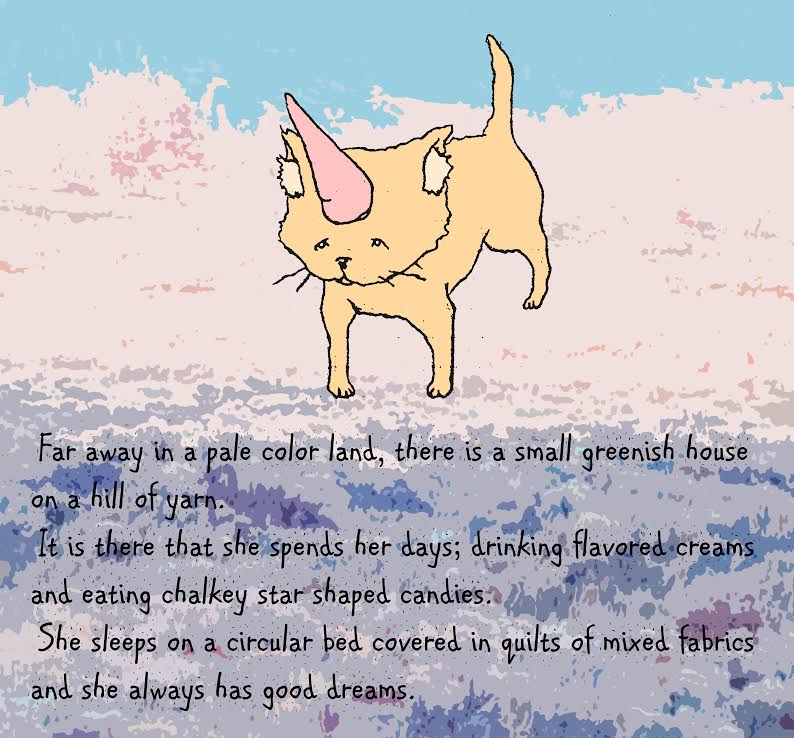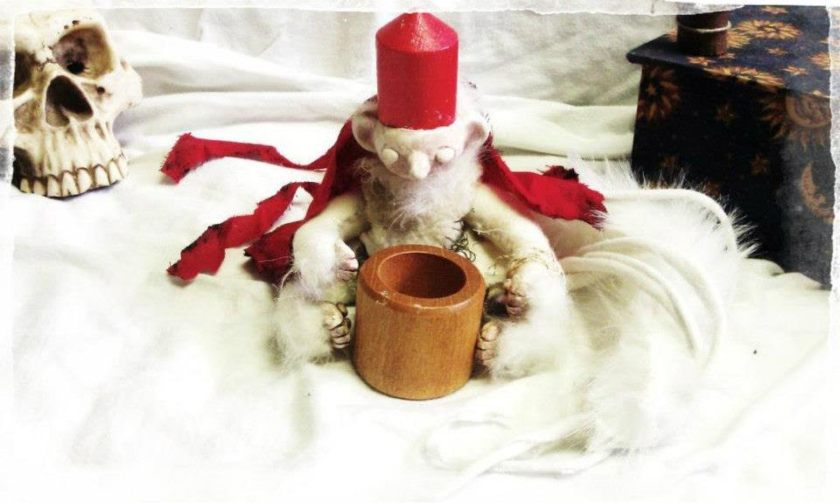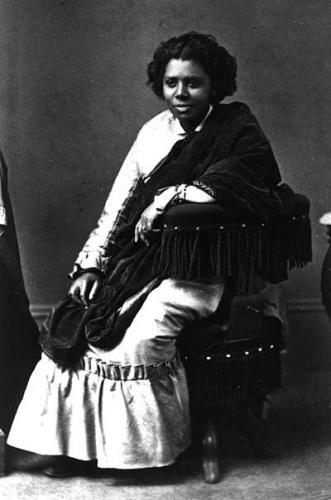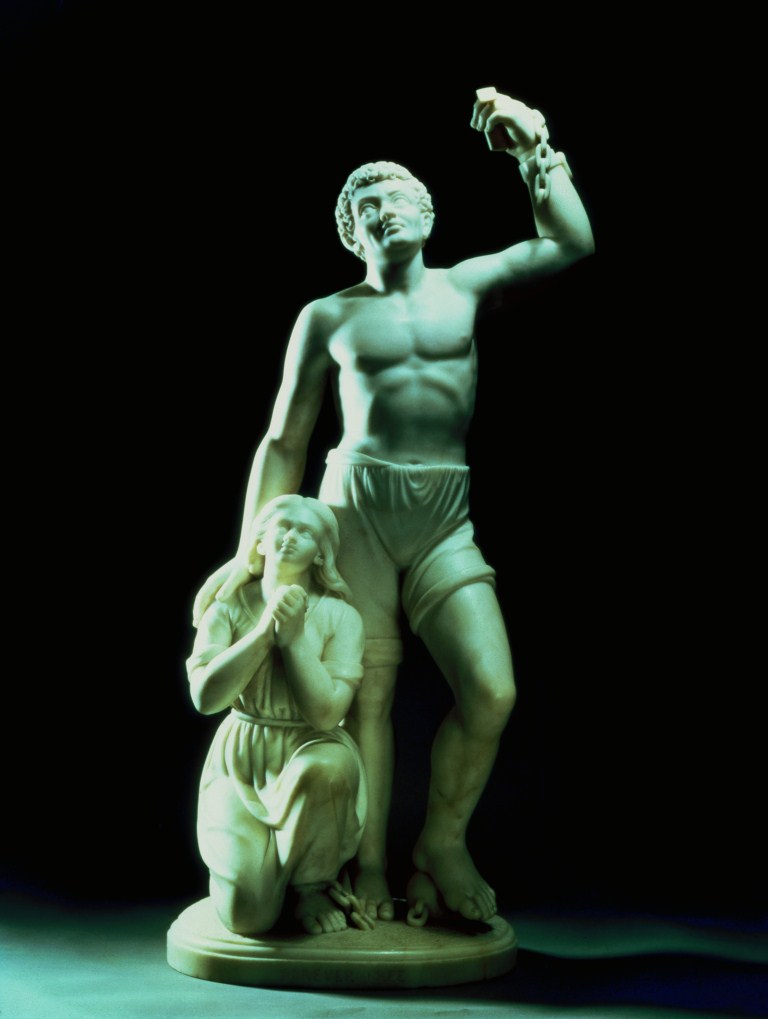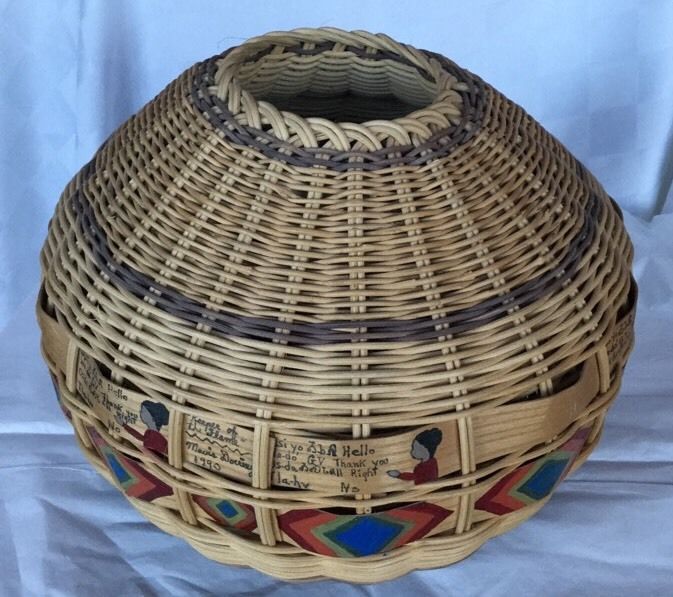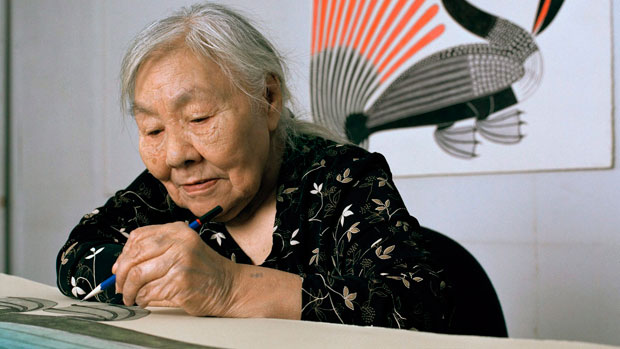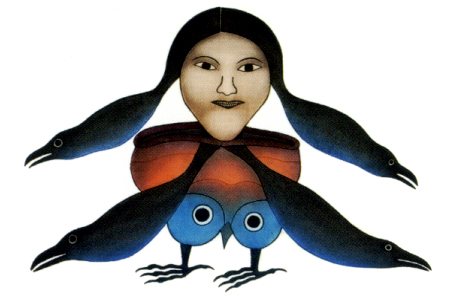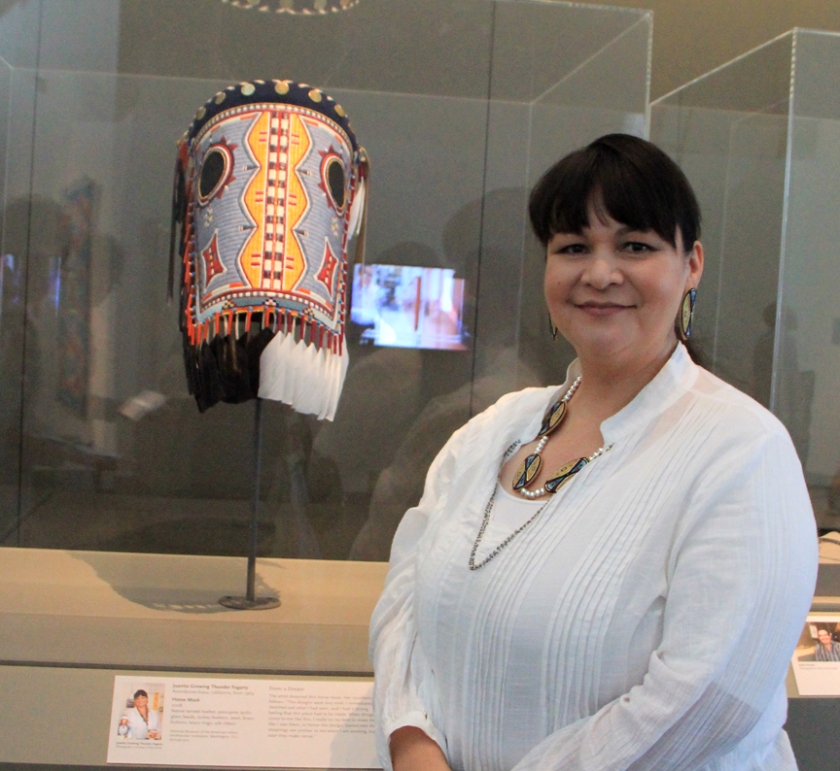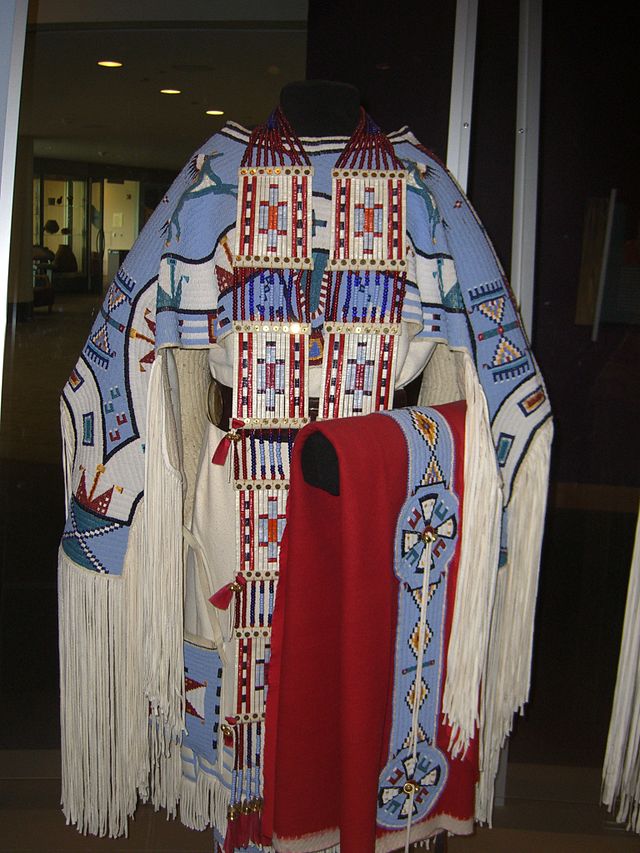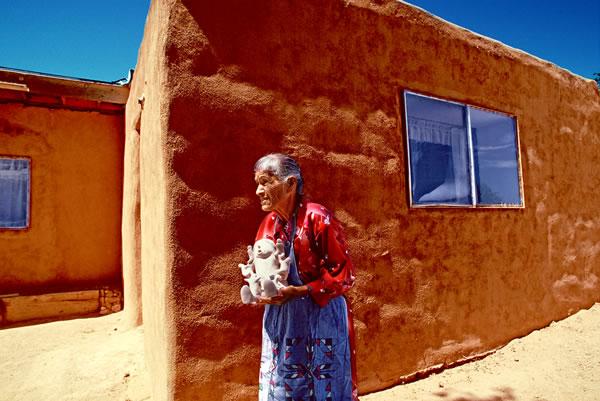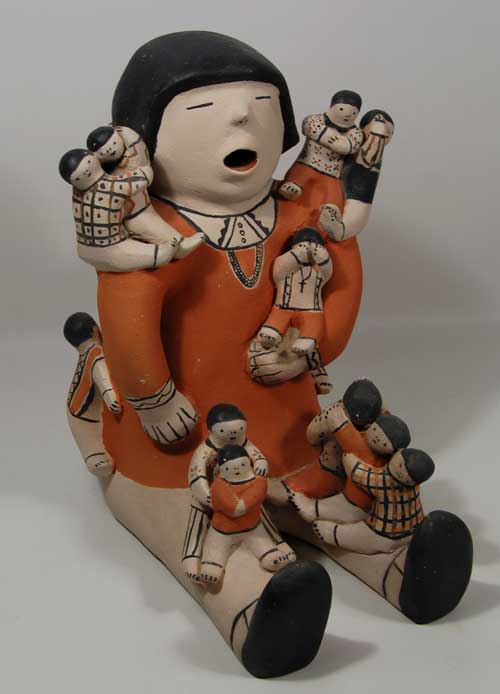Artist of the Month July 2017: KEISHA PRIOLEAU MARTIN
Interview by Jessica Petrylak

SUCKER: Who is Keisha Prioleau Martin?
KEISHA PRIOLEAU MARTIN: My name is Keisha I grew up in Queens, New York. I got my Bachelors of Fine Arts at Purchase College. I paint strangers out of their essential characteristics and collage them into places that can be absurd or funny and definitely emotionally heavy.
SUCKER: What are your preferred medium(s) to work with?
KPM: I prefer to work in acrylic paint because I like to try a lot of new processes and use several layers of patterns and transparent colors. I can layer the paint and adher many things to the surface and It would dry quickly and the objects wouldn’t rot in the surface the way oil paint would. I also discovered that the things that I like about oil painting the color and the viscosity can be recreated in acrylic paint.
SUCKER: Can you speak about your color pallet?
KPM: I love color, I appreciate color interactions and I like using grey and desaturated colors as a way to pump up color . When I paint I am considerate of the temperature ( warm and cool colors) . I love warm colors like orange, red and yellow. The temperature of my palate usually directs my subject into an emotional place. I also use discordant pallets to move the paintings away from looking like the original and natural life environment.

SUCKER: What is your first experience with art? How do believe you have grown overall as an artist?
KPM: As a child I was told to color on Xeroxed copies of coloring books. Then my first sketchbooks filled with drawings of my favorite teachers and self portraits with dogs or birthday hats. When I was ten my father got a part time job at the Cooper Union during a Summer Residency program or similar. I met a lot of amazing artist and I was exposed to a tiny part of the art world. My father like to look at art and we often took walks, he would stop to take a long look at a mural or at a sculpture. If he saw something without me, he would take me back down the street he found the artwork just so he could show me.
I have physical evidence that I have grown overall as an artist and like everything else in life, I keep growing. In those early days I was purely trying to communicate what I liked and what I wanted and show people what made me happy. In middle school and High school and focused a lot on techniques that were effective while learning what it mean to make art in a larger context. By “larger context” I mean art history and it was really important for me to learn it, It gave me more confidence because It became my own history. In college I finally started bring everything together. I started to develop a studio practice and there has been a lot of strength in that.
SUCKER: What is your go-to art making song(s)/What do you listen to while making art?
KPM: The songs usually happy upbeat folk music something I can dance to without too many lyrics. Sometimes I don’t listen to music sometimes I listen to a podcast. I like a few NPR stations. I like Modern Love, Radiolab, Invisibilia, Curious City and This American Life.
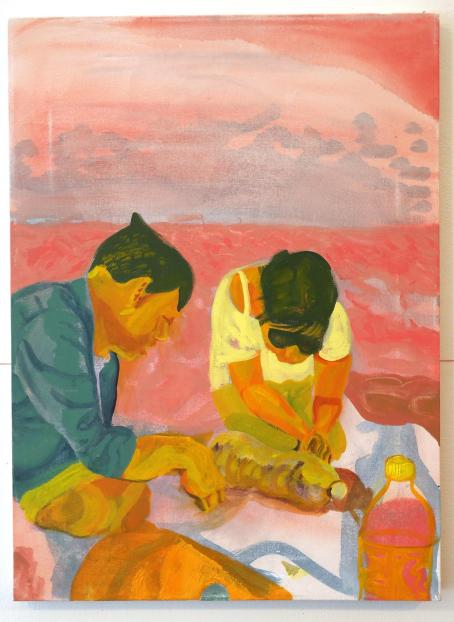
SUCKER: What physical and emotional environment is best for you to work in?
KPM: I like working in my studio mostly alone. This allows to play and move around the work enough. I take a sketchbook on the train and to restaurants. For optimal emotional environment, I just have to be in a good mood. I slight bad mood is okay. But have you ever been so upset that you couldn’t work? like your dog dies or you got your heartbroken, sometimes things like that actually inspires production that’s usually where new ideas walk in.
SUCKER: Do you experiment with other forms of Art?
KPM: Yes I experiment with abstract art. it’s becoming more useful in my figurative painting. I have made animations and written poetry and comedy.
SUCKER: What does your art making process look like how long does it take to create a piece?
KPM: My sketchbook filled with layers of notes concealed by drawings is a precious asset to my work. Making line drawings of people in this sketchbook is the way I salvage and sample images from life. My sketchbook was with me to record a student sinking with exhaustion into a café sofa. I am attracted to the emotional weight of posture and expression in the figure, but also to the between spaces interacting around people. From this sketchbook is where I pluck from to form paintings.
Fascination ensues when I find a small detail potent with signs of someone else’s mundane life. My curiosity is sparked by visual inconsistencies. I am charmed into hypothesizing personal narratives about those I encounter from theses potent specifics. I bring their essential characteristics into my paintings the way actors would enter a stage. This is where they can be freed from their own reality and where their emotional weight, posture, and expression can be highlighted. I do not know these people as much as I could and the mystery of these guest remains in the paintings for the viewer to wonder about

SUCKER: What is your ultimate goal involving the Arts?
KPM: I would like to continue making paintings and starting conversations with people.That is what I love so much about painting, being a part of a community and I can make paintings within a world that other people have made paintings but also I want to reach people who have ideas that I haven’t heard and I want to talk to those people I want them to talk to me. I want to learn forever. my goal is to share and talk about art . keep art alive, legitimate, useful and powerful.
SUCKER: Who are your biggest Inspirations within the visual arts world?
KPM: They are really strong artists that put out a lot of work and have a lot of great energy. I really love Dawn Clements, Nicole Eisenman, Jennifer Coates, David Humphrey, Tom Brookhart, Angela Dufresne, Matt Bollinger , Peter Williams, Caroline Wells Chandler and so many more. As Inspiration goes they have shown me that you should always do what you want.
SUCKER: Do you feel it is important as a contemporary artist to share your work online?
KPM: I think that sharing work online should only be promotional. It helps to get people to come to your show or to research who you are. it’s a way to connect with people that aren’t right there in front of your work. some people cannot visit my work in person.I have never seen the Mona Lisa in person I think a lot of people will just see my work online. The internet is a great way to connect and to network with people with similar ideas.
SUCKER: What is the best advice you ever received as an artist?
KPM: The best advice I keep hearing it over and over is that if your work doesn’t make you happy, don’t do it. Or if it doesn’t make you happy, WHY do it? That comes into play when I make a mark and I really hate it and but I keep making a mark. What am I doing? if there’s no reason for me doing. if it’s not even for happiness maybe it’s for like a big game like maybe I’m working on my yellow making muscles or something like that but that’s different I mean. it’s like if I’m going to be happy with better painting muscles and that is why I’m doing it but if it’s not making me happy there’s no reason to do it. I’m clearly bothering myself, so stop. That has gotten me in a lot of good places as far as making my work especially after years and years of making work I finally get into a studio and I have a purpose.

SUCKER: What is next for your future art and future self?
KPM: I’m just getting out of school I’m going to stay at New York City and going to live in Queens where I have intentions of connecting with the world in Brooklyn and then the Lower East Side. I am currently working on paintings that incorporate my identity into my narratives a lot more. Now, I am painting about the absurdity of life and the humor in life and also the mundanity of life. I have been asking the questions of what we’re looking at? and who are these people around us? Living in a big city there are strangers everywhere .
SUCKER: Where can we contact you, follow you and buy your art?
KPM: My website KeishaPrioleauMartin.com . My Instagram @KeishaPrioleaMartin . Just Facebook my name so far i’m the only one with it. Email me, my email address is on my website.




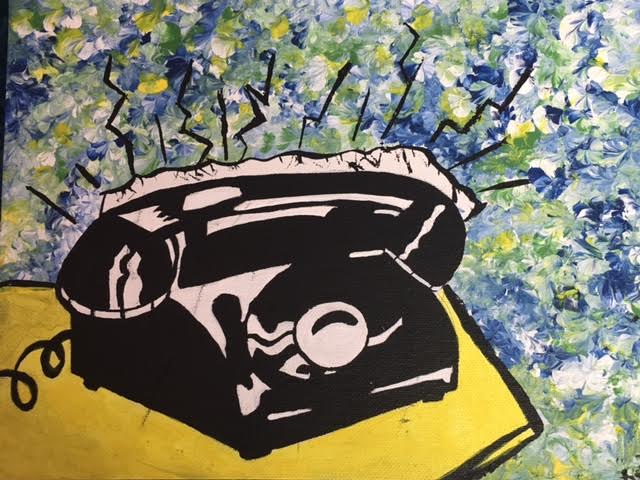






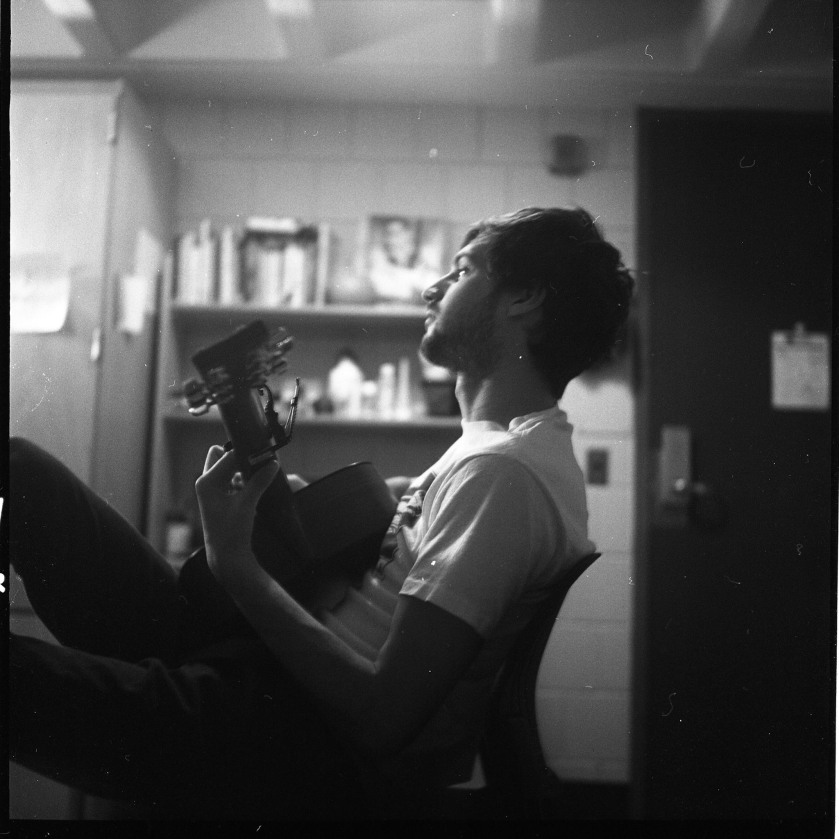
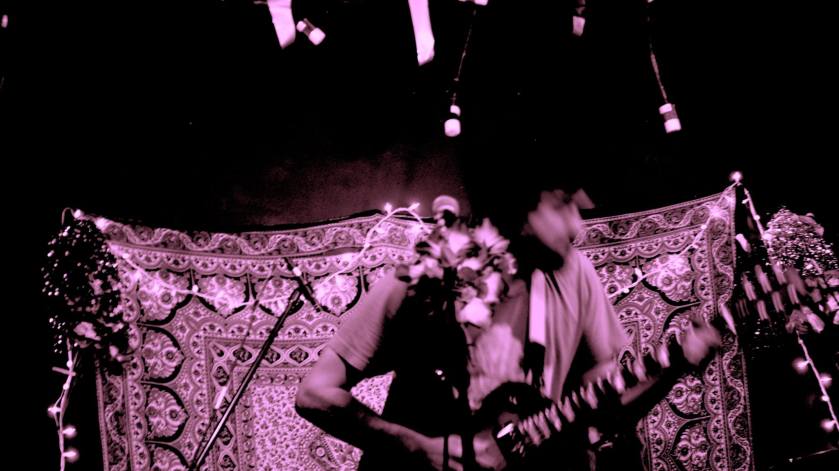
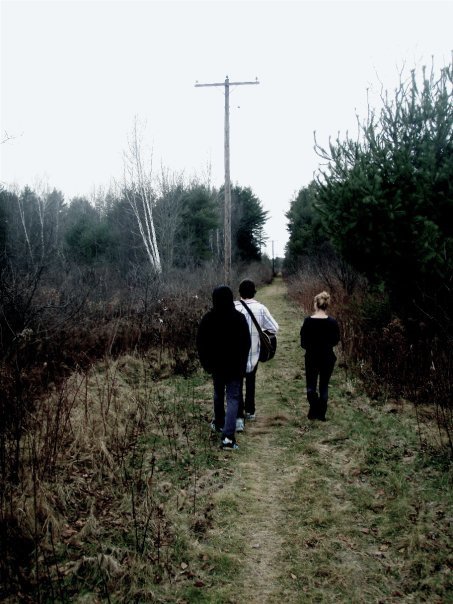
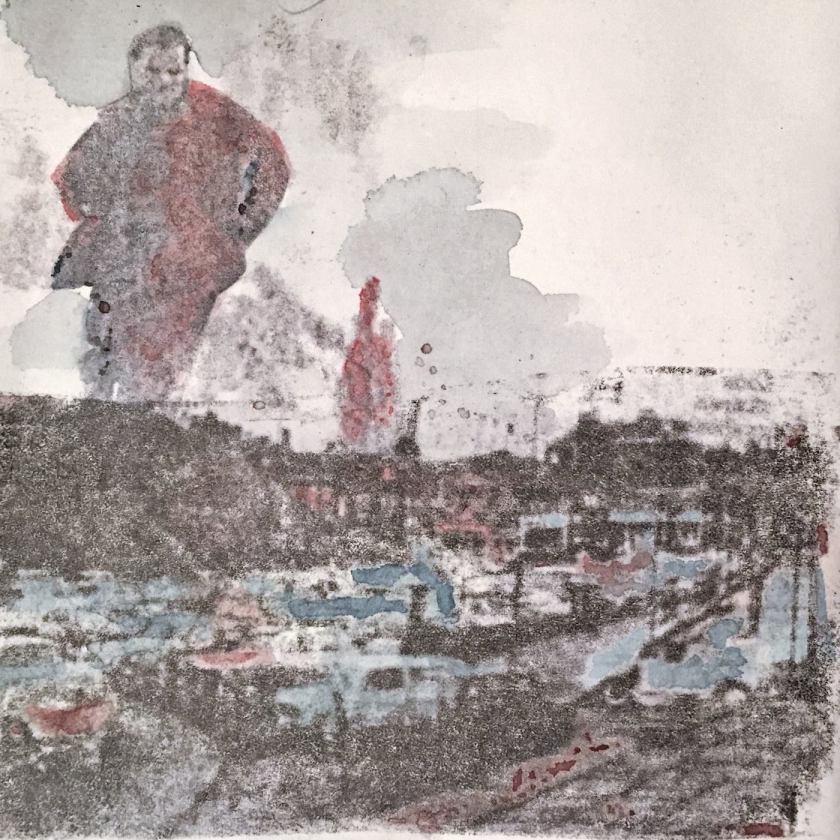


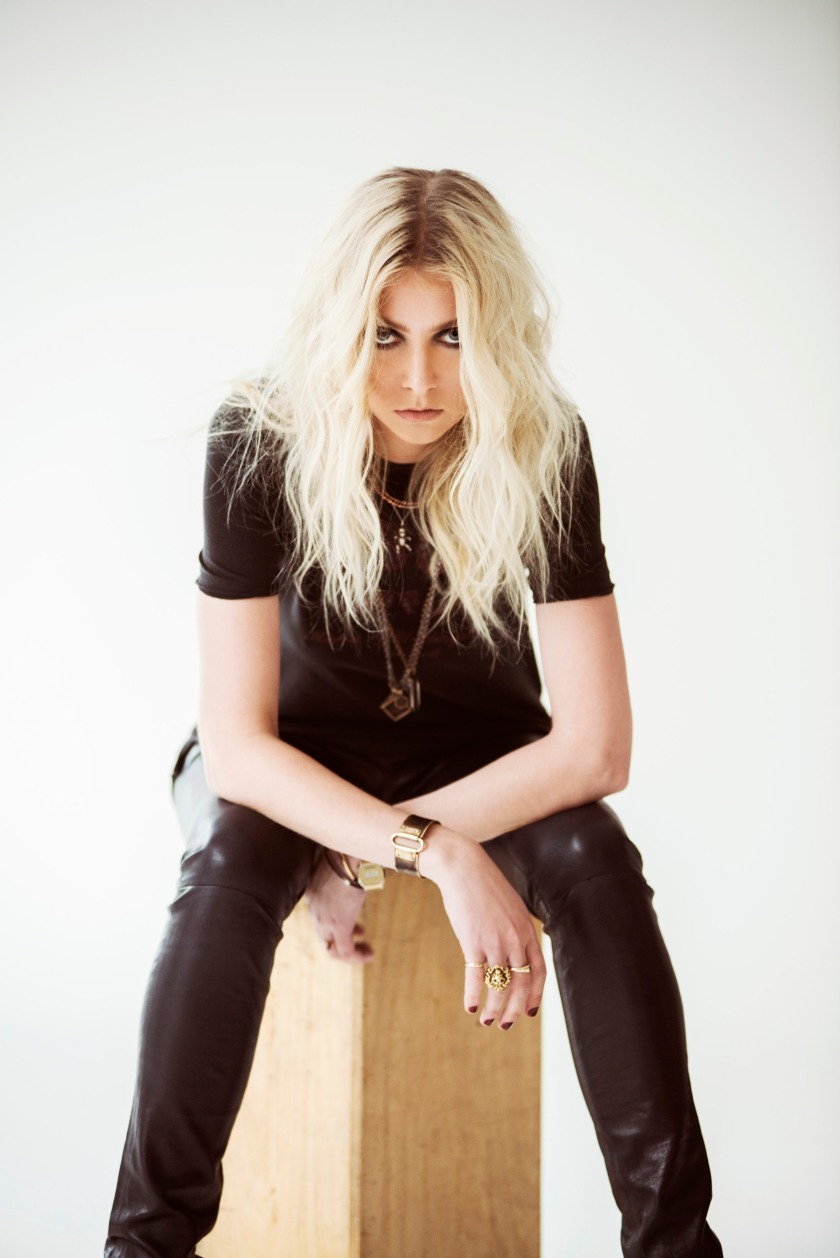

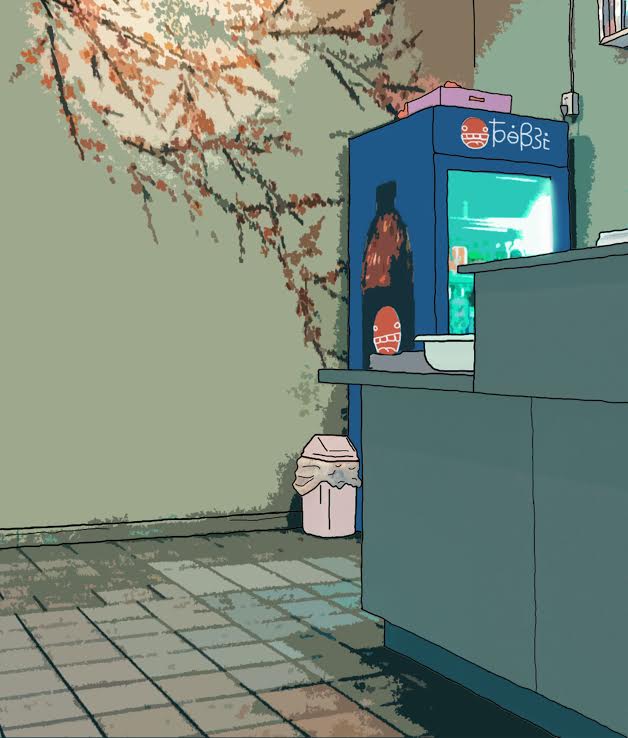
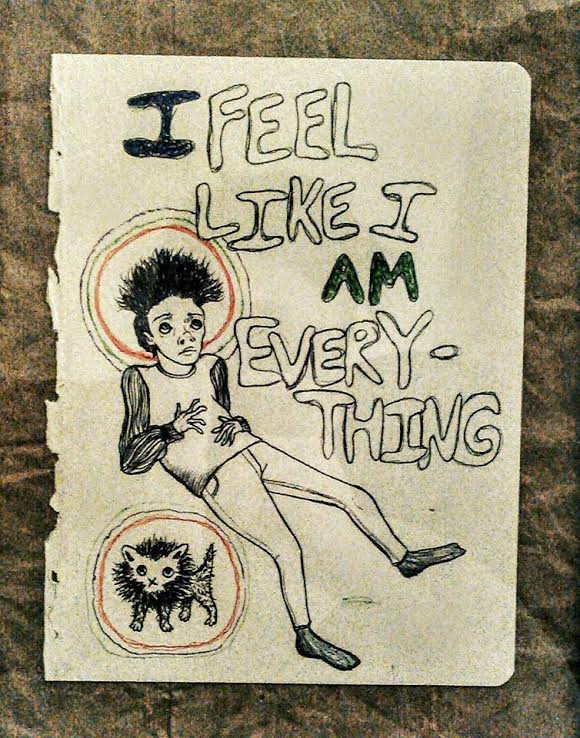
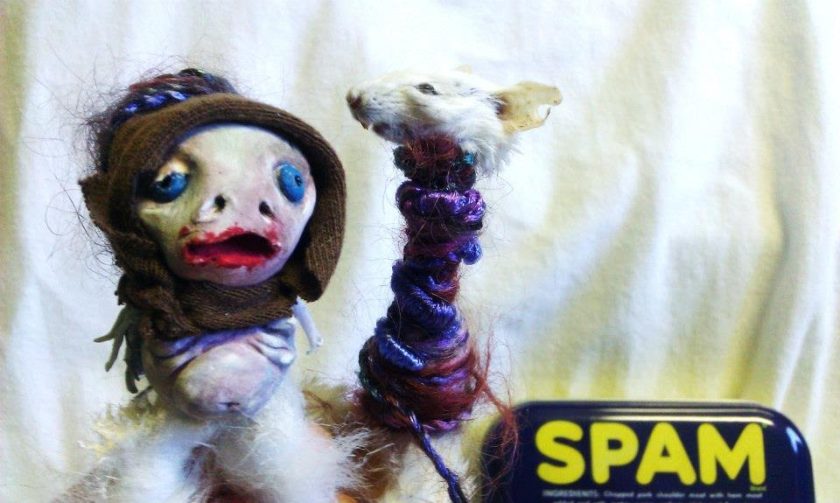
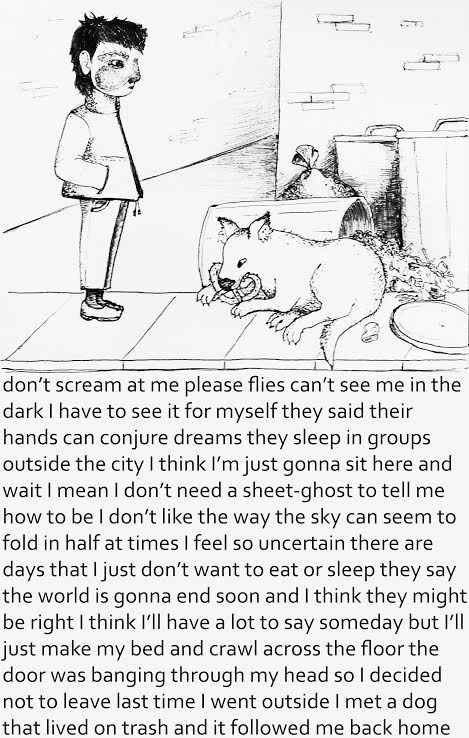
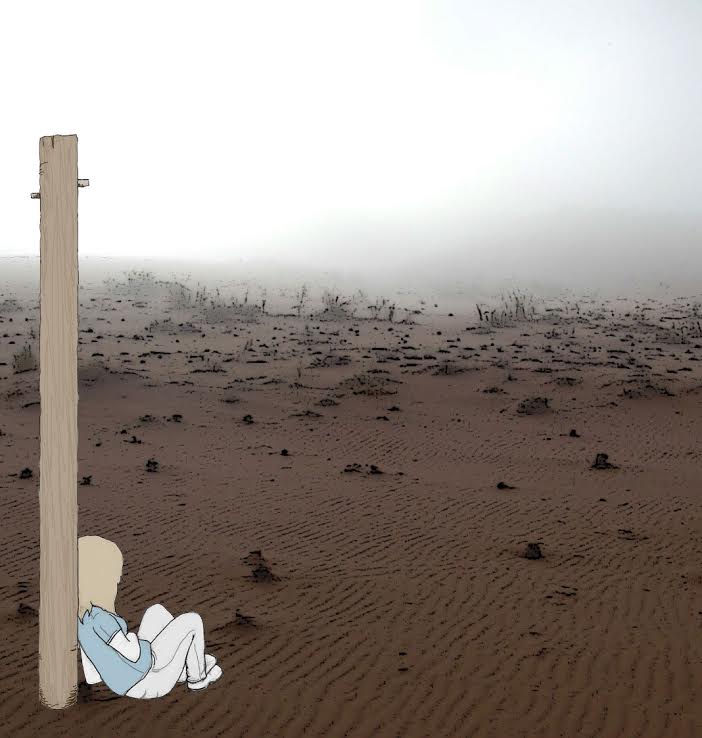 Tower, Josh Thacher
Tower, Josh Thacher